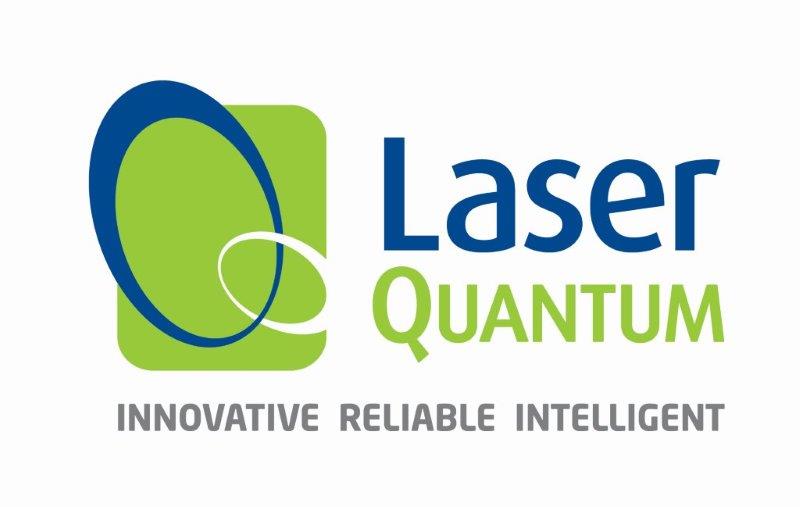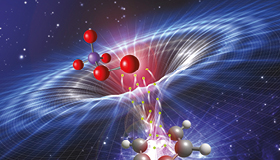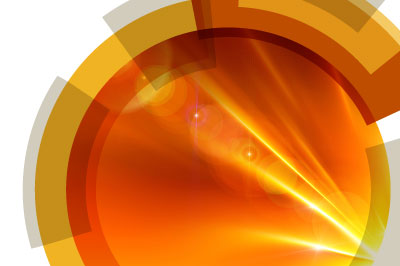Understanding the mechanism of physical, chemical and biological change at the microscopic scale is critical for a broad range of science and technology. A common goal is to develop this understanding to the point where it becomes possible to tailor functionality through material design, or by the application of electric, magnetic or optical fields. Across a broad range of disciplines the scientific community is currently frustrated by its inability to dynamically image matter down to the atomic scale.
The published volume for this Faraday Discussion is now available to view online. Please follow the 'More Information' link.
We can at present only observe relatively slow motion changes to structure, or infer dynamical effects via indirect measurements. Yet many critically important processes evolve on the femtosecond timescale and at the molecular and sub-cellular level requiring nanometre and sub-nanometre scale spatial resolution. The properties of light from newly developing photon sources such as free electron lasers (FELs) are dramatically different from those of storage rings (in terms of spectral brightness), and from conventional lasers (in terms of wavelength range). In the course of the last few years FELs and other sources have emerged as exceptionally exciting tools for new science. For example, new results from FLASH (Hamburg) and LCLS (Stanford) are already revealing prospects for remarkable future impact which is expected to revolutionize our understanding of mechanisms in, for example, solution phase chemistry, enzyme and surface catalysis and DNA photo-induced radiation damage. Other machines in Germany (European XFEL), Italy, Japan, and Korea are progressing rapidly towards the first generation of light and UK physicists and chemists are starting to establish a strong presence at these facilities.
Aims:
It is timely to hold a Faraday Discussion which focuses on the potential impact in chemistry. Because the subject by its very nature is highly inter-disciplinary we anticipate strong participation from physicists as well as chemists. Indeed, many of the initial studies have focused on atoms, rather than molecules, but the techniques used are directly transferable.
Themes:
1) Chemical reaction dynamics
2) Electron dynamics in atoms, molecules and clusters
3) Correlated systems, surfaces and catalysis
4) Nanoscale and bio imaging
The published volume for this Faraday Discussion is now available to view online. Please follow the 'More Information' link.
We can at present only observe relatively slow motion changes to structure, or infer dynamical effects via indirect measurements. Yet many critically important processes evolve on the femtosecond timescale and at the molecular and sub-cellular level requiring nanometre and sub-nanometre scale spatial resolution. The properties of light from newly developing photon sources such as free electron lasers (FELs) are dramatically different from those of storage rings (in terms of spectral brightness), and from conventional lasers (in terms of wavelength range). In the course of the last few years FELs and other sources have emerged as exceptionally exciting tools for new science. For example, new results from FLASH (Hamburg) and LCLS (Stanford) are already revealing prospects for remarkable future impact which is expected to revolutionize our understanding of mechanisms in, for example, solution phase chemistry, enzyme and surface catalysis and DNA photo-induced radiation damage. Other machines in Germany (European XFEL), Italy, Japan, and Korea are progressing rapidly towards the first generation of light and UK physicists and chemists are starting to establish a strong presence at these facilities.
Aims:
It is timely to hold a Faraday Discussion which focuses on the potential impact in chemistry. Because the subject by its very nature is highly inter-disciplinary we anticipate strong participation from physicists as well as chemists. Indeed, many of the initial studies have focused on atoms, rather than molecules, but the techniques used are directly transferable.
Themes:
1) Chemical reaction dynamics
2) Electron dynamics in atoms, molecules and clusters
3) Correlated systems, surfaces and catalysis
4) Nanoscale and bio imaging










